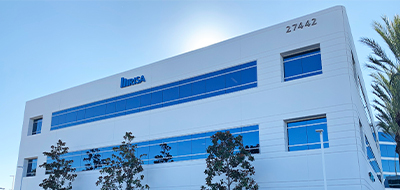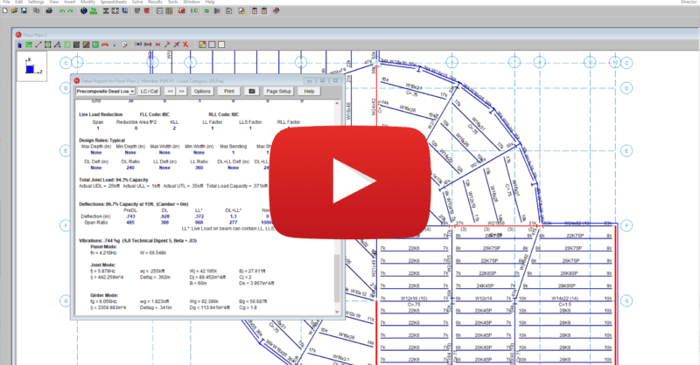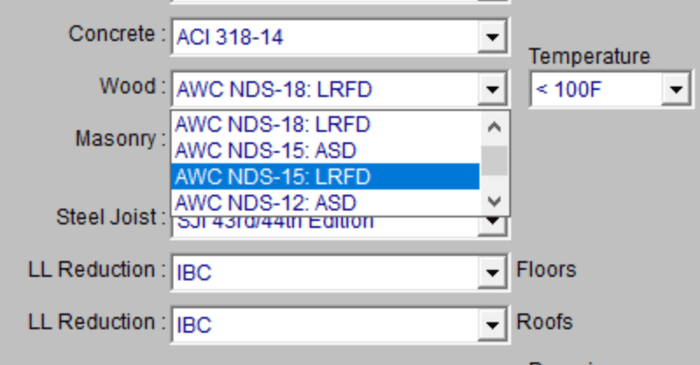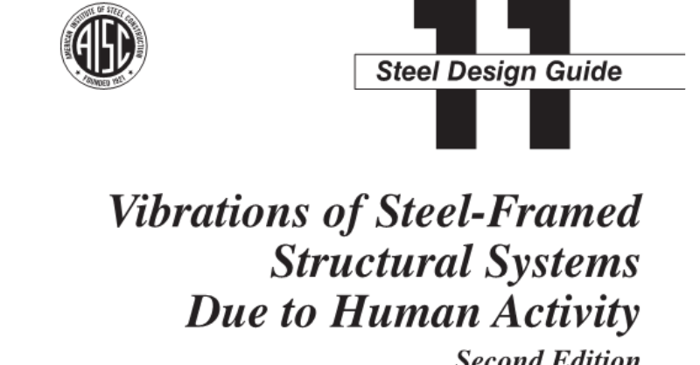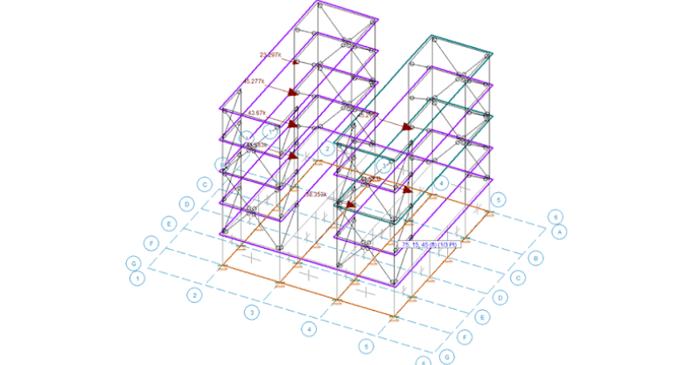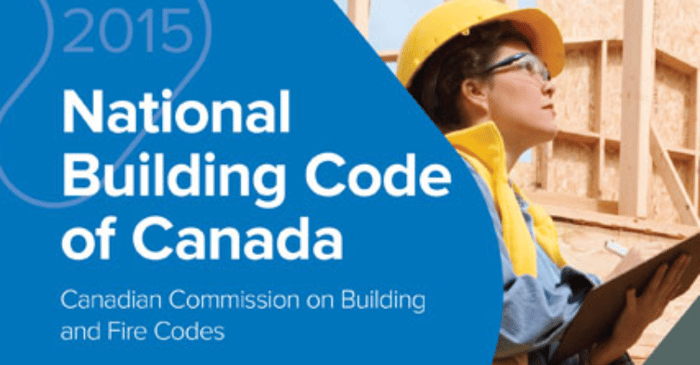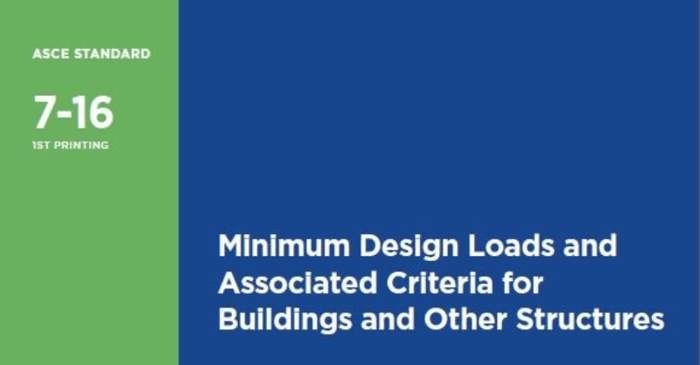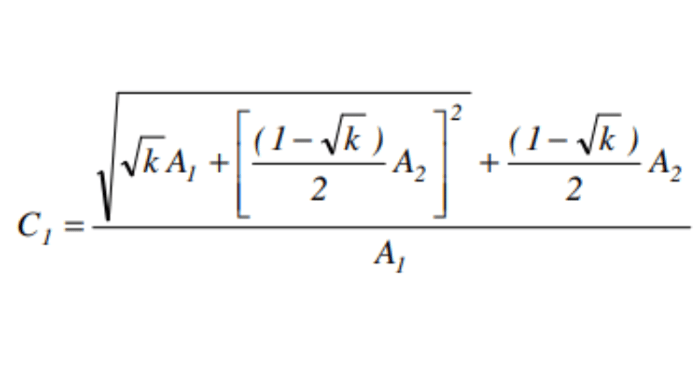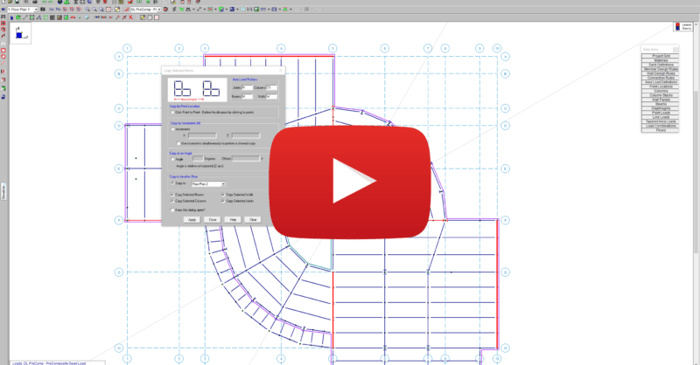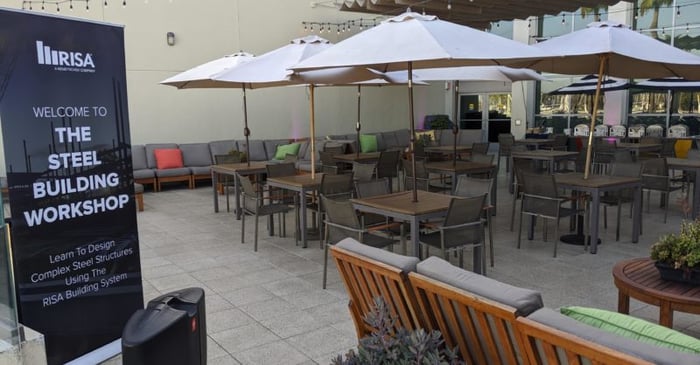
October 10, 2019
RISA Steel Building Workshop & Release Party
Last week, RISA held its final Steel Building Workshop at the Aquarium of the Pacific in Long Beach, CA. The Steel Building Workshop series, spanned 7 cities over the past year and gave engineers a first hand look at how the RISA Building System can be used to design a real world project from start...



